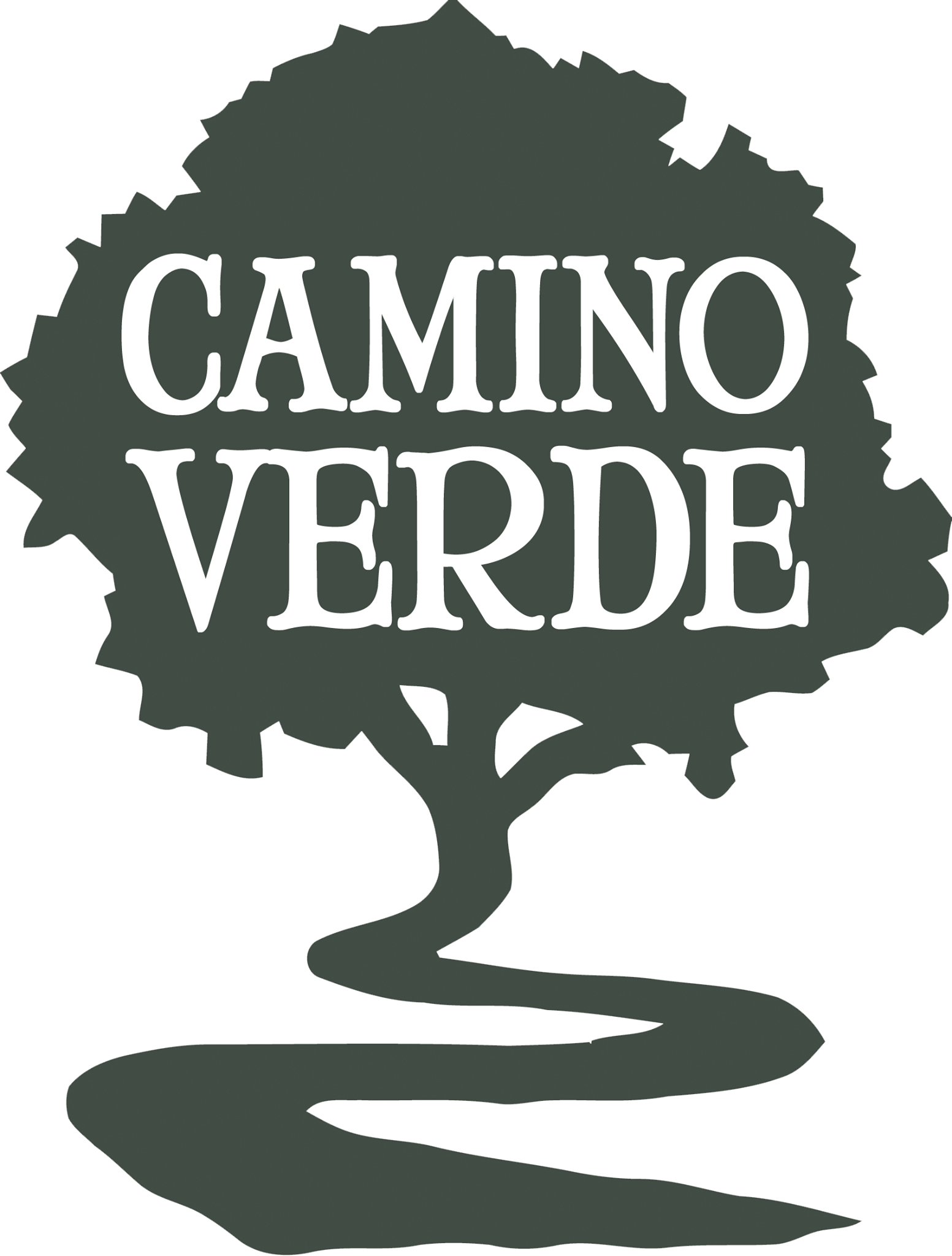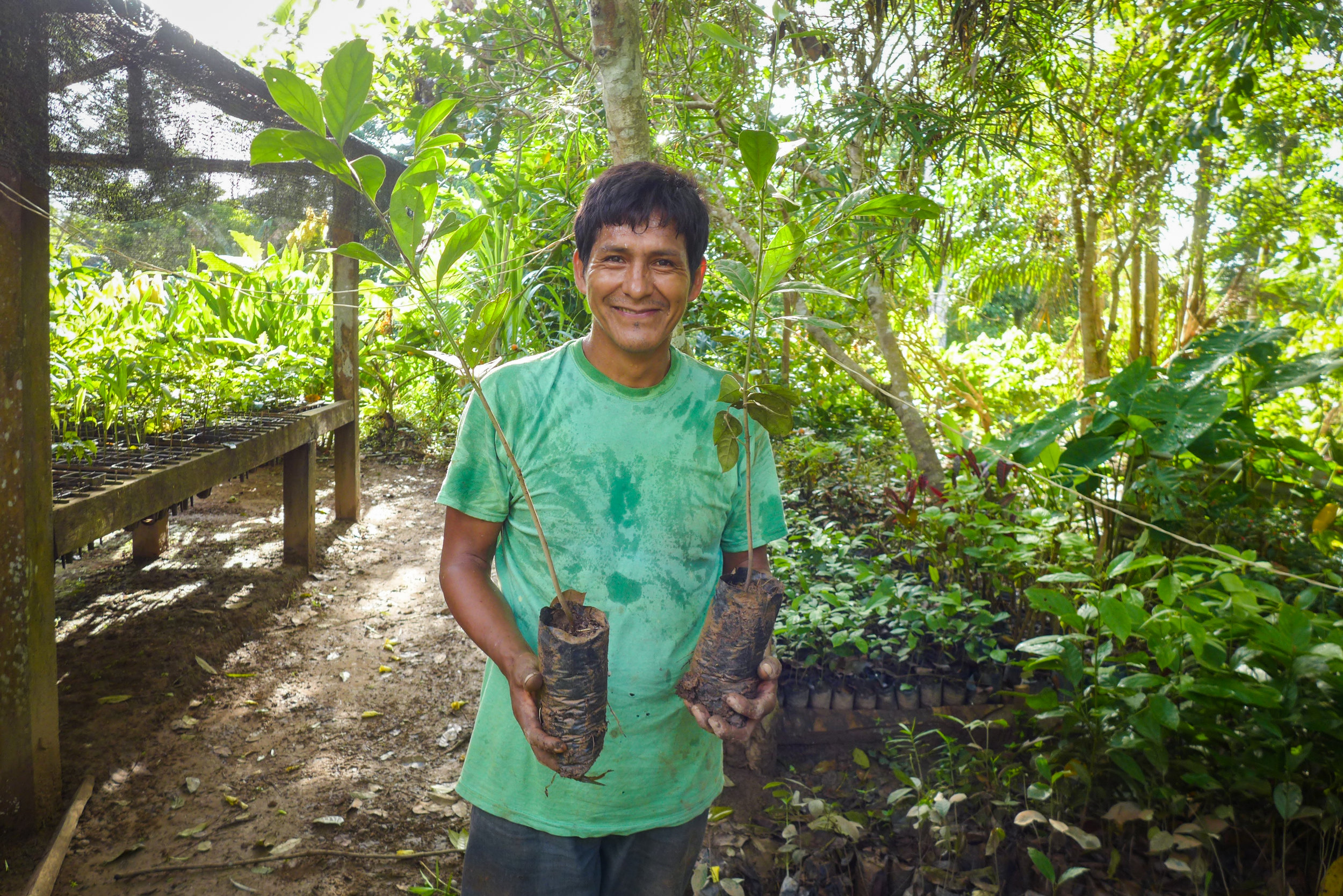One Farmer's Story
Like millions of other Peruvians, my friend Juan left his homeland in the Andes to escape the violence that erupted there like wildfires in the 1980’s and 90’s. The militants of Sendero Luminoso or Shining Path took guidance from Mao Zedong in their pursuit of power by the barrel of a gun. The wave of killings and skirmishes that lit up the Andes of southern Peru were of unprecedented brutality. As a direct result, the population of the capital city of Lima swelled with highland emigrants to become the nearly 10 million strong metropolis of today, the third biggest city in Latin America after Sao Paolo and Mexico City.
In an isolated backwater of the Peruvian Amazon, a young Juan and many of his peers sought a more peaceful future in an unfamiliar landscape. He arrived to the provincial capital of Puerto Maldonado, at the time little more than a muddy crossroads scratched out of the rainforest, and quickly was able to find work in the informal artisanal gold mining operations that dotted the Madre de Dios, the Inambari, the Colorado, and the Malinowski rivers.
The mining work consisted of hard labor, running wheelbarrows full of river sand through crude filters to separate out the denser gold dust. Pay was good, but Juan remembered a youth spent tending fields and livestock and longed to return to the farming that he found intuitive and familiar.
Creating a new home
Photo thanks to Shahrzade Ehya.
Before long his opportunity came. The Japanese-Peruvian president Fujimori’s policy of colonization of the sparsely populated Amazon region (representing over half of the national territory) meant squatters could easily obtain legal title to comfortably sized tracts of virgin rainforest. A single land claim usually amounted to 30 hectares (around 75 acres)– an area that felt luxurious compared to the small patchwork farm plots of most Andean villages. The only demand on the squatter was to “improve” the land by clearing forest, planting crops, and erecting a modest camp. Many a jungle homestead was born.
Juan fell in with the settlers of an area along the Tambopata River called Baltimori where previously the only inhabitants had been rubber tappers and occasional nomadic timber extractors cutting out mahoganies and tropical cedars, widely scattered in a forest containing thousands of species of trees. Now, in the early 90’s, around fifty families of “colonists” moved in, partitioned off their 30-hectare parcels, and inaugurated a school and a health post. Their pursuit of prosperity involved small slash-and-burn agriculture (at this scale, nowhere near as noxious as industrialized agriculture and cattle ranching), as well as subsistence hunting and fishing.
For over 10 years, community life was idyllic in Baltimori. Despite the kinds of petty rivalries and neighborly feuds that characterize small villages anywhere in the world, Juan and the other settlers of Baltimori enjoyed excellent and diverse crops thanks to Tambopata’s fertile soils. Pick-up soccer games ended each work week, and community anniversaries were celebrated every 1st of May.
During this time, Juan married and had children. Together with his wife, the farmstead blossomed with vegetables and corn, chickens and pigs, and the family embraced tropical crops that were unknown in their homeland 10,000 feet above sea level.
Açaí fruits (Euterpe oleracea) in a handwoven basket made from the aerial roots of an epiphyte.
The fruits of the jungle
Around the same time, a project came to Baltimori that helped Juan transform the farm into a highly diversified agroforestry orchard. He planted mangoes, cacao, oranges, lemons, and a dozen fruits that have no name in English. With a little guidance from the extension officers he planted nitrogen-fixing cover crops and punctuated the fruit trees with reforestation of increasingly rare high value timber trees like mahogany, amburana, and brazil nut. Following the principles of successional agroforestry, papayas, bananas, and corn provided income while the fruit trees were getting established.
When I first met Juan and visited his farm in 2006, the orchards were overflowing with fruit— his recurring problem, he explained to me, was finding extra labor to help with the bumper harvests. I had seen agroforestry systems before but never so fully realized. His farm was and continues to be an inspiration for Camino Verde’s work. As luck would have it, we became neighbors.
A new chapter
Fast forwarding through 8 years of sharing seeds and calling greetings across the waters of the Tambopata, of seeding fields together and blueprinting dreams, Juan joined the Camino Verde team in a more official way in August of 2014. In the meantime, much had changed around us. From 50 families, Baltimori was reduced to no more than 10 active farmers. Urbanization is a global trend, and here it was largely caused by a lack of access to education. Families wanting a better future for sons and daughters turned increasingly to Puerto Maldonado, which had become a bustling little city six hours’ boat ride away. The jungle reclaimed fields and quickly deteriorated the houses that were left empty.
Photo thanks to Shahrzade Ehya
At Camino Verde Juan embraced the work environment, seeing in our Living Seed Bank many reflections of his own farm and learning some new things as well. He was fascinated by our work extracting essential oils from trees commonly felled for timber. After some training he became our head distiller. The 500 Moena Alcanforada trees we distill from have become familiar, their value clearly demonstrated, and this year Juan approached me about installing a similar “aroma forest” on his own farm across the river.
In 2016 we will plant these trees together. And in 2 or 3 years’ time he will be able to begin distillation of essential oil from his own trees, which he sees as easy “seated work” and a pathway to economic solvency that will allow him to hire help for other chores the farm demands.
A model for the future
Juan’s story is one example of how growing and stewarding Amazonian trees can become a viable livelihood for small farmers. When his trees come online for essential oil production in 2019, Camino Verde will help Juan place his product in the market, both in Peru and abroad. We see essential oils as just one economic motor available to improve livelihoods for rainforest farmers while directly encouraging practices that are regenerative for forests and bio-diversity.
In 2016 Camino Verde will take these strategies to scale as never before. In addition to planting over 10,000 trees in the coming year, we’re deepening our work with more farmers like Juan.
Help farmers like Juan grow back the rainforest. This holiday season, consider giving your loved ones the gift of trees planted in their name. You can donate here - and make sure to let us know the names of the people in whose honor you're planting.
Photo thanks to Shahrzade Ehya





